Expansion of Gluten-Free Products
The Grain Mill Product Market is witnessing a significant expansion in gluten-free product offerings, responding to the increasing prevalence of gluten intolerance and celiac disease among consumers. Market Research Future indicates that the gluten-free segment is expected to grow at a CAGR of around 9% in the coming years. This growth is prompting grain millers to innovate and diversify their product lines, incorporating alternative grains such as quinoa, rice, and millet. As a result, the Grain Mill Product Market is not only addressing dietary restrictions but also tapping into a lucrative market segment. The rise in gluten-free products is reshaping consumer expectations and driving competition among manufacturers to provide high-quality, gluten-free options that meet the demands of health-conscious consumers.
Increasing Demand for Whole Grains
The Grain Mill Product Market is experiencing a notable increase in demand for whole grains, driven by a growing consumer preference for healthier food options. Whole grains are recognized for their nutritional benefits, including higher fiber content and essential vitamins. This trend is reflected in market data, indicating that the whole grain segment is projected to grow at a compound annual growth rate (CAGR) of approximately 8% over the next five years. As consumers become more health-conscious, the Grain Mill Product Market is likely to adapt by offering a wider variety of whole grain products, thereby catering to this evolving consumer base. This shift not only influences product development but also impacts marketing strategies, as companies strive to highlight the health benefits associated with whole grains.
Rising Popularity of Organic Products
The Grain Mill Product Market is experiencing a surge in the popularity of organic products, driven by consumer awareness regarding the benefits of organic farming practices. Organic grains are perceived as healthier and more environmentally friendly, leading to increased demand. Market data indicates that the organic grain segment is projected to grow at a CAGR of approximately 10% over the next several years. This trend is prompting grain millers to source organic grains and develop products that align with consumer preferences for clean-label and sustainably produced foods. As a result, the Grain Mill Product Market is likely to witness a transformation in sourcing and production practices, as companies strive to meet the growing demand for organic options.
Technological Innovations in Milling Processes
Technological advancements in milling processes are significantly influencing the Grain Mill Product Market. Innovations such as automated milling systems and precision grinding techniques are enhancing efficiency and product quality. These technologies enable millers to produce finer and more consistent flour, which is increasingly demanded by both consumers and food manufacturers. Data suggests that the adoption of advanced milling technologies could lead to a reduction in production costs by up to 15%, thereby improving profit margins for grain millers. As the industry embraces these innovations, the Grain Mill Product Market is likely to see a shift towards more sustainable and efficient production methods, ultimately benefiting both producers and consumers.
Global Trade Dynamics and Supply Chain Influences
The Grain Mill Product Market is significantly affected by global trade dynamics and supply chain influences. Fluctuations in grain prices, trade policies, and international demand can impact the availability and cost of raw materials for grain milling. Recent data indicates that trade tensions and changes in tariffs have led to increased volatility in grain prices, which could affect the profitability of grain millers. Additionally, supply chain disruptions may pose challenges in sourcing quality grains, thereby influencing production capabilities. As the Grain Mill Product Market navigates these complexities, companies may need to adopt more resilient supply chain strategies to mitigate risks and ensure consistent product availability.


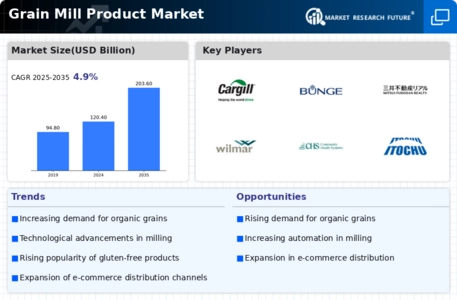
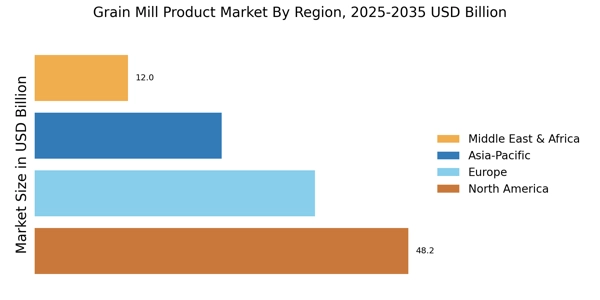
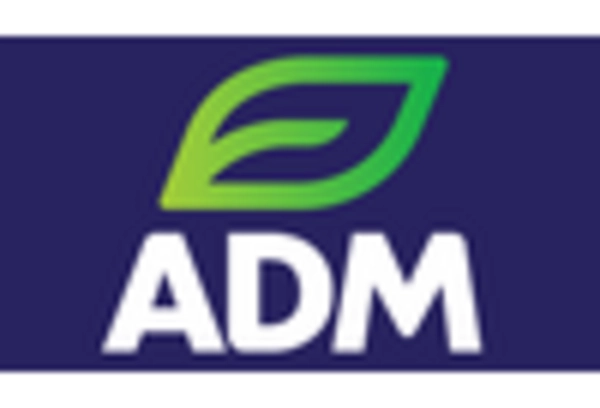



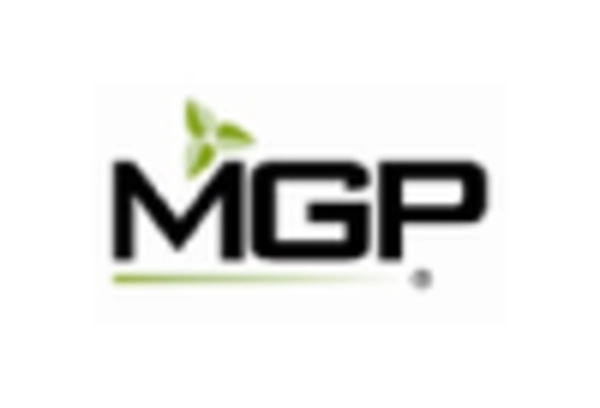
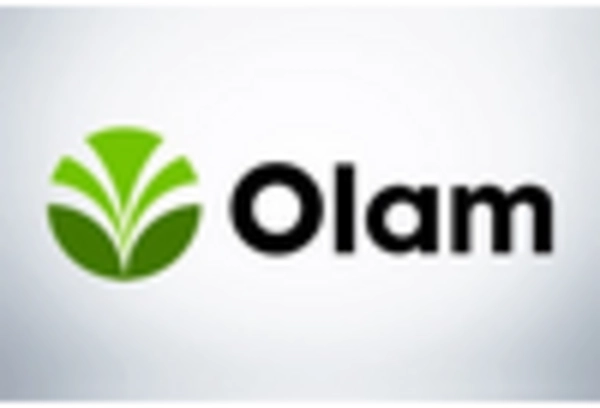








Leave a Comment